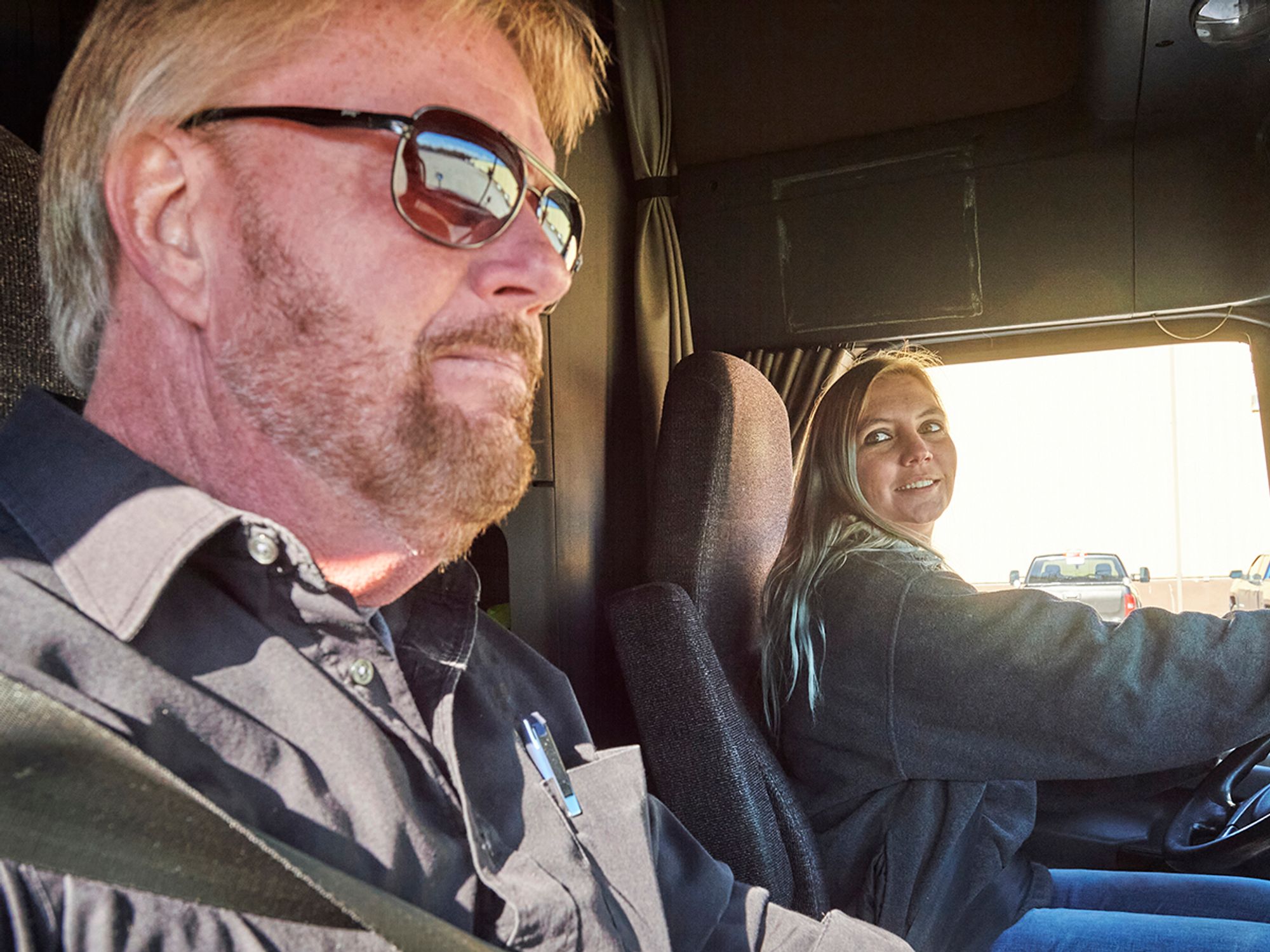InstituteFleet SafetyTransportationCMV drivingUnauthorized passengersRadar detectorsEnglishAnalysisFocus AreaCompliance and Exceptions (Level 2)USA
Other prohibited practices
['CMV driving']

- No commercial motor vehicle (CMV), other than a bus, may transport a passenger without written authorization from the motor carrier.
- CMV drivers who wear corrective eye lenses or hearing aids to meet physical qualifications must always wear the lenses or hearing aids while driving.
- Drivers must not operate a CMV equipped with a radar detector.
The following table outlines several prohibited practices related to CMV driving.
| Topic | Requirements |
|---|---|
| Passengers | Drivers must have written authorization from the carrier before transporting any person on a CMV other than a bus. The authorization must include the name of the passenger, the beginning and ending points of transportation, and the date the authorization expires. Though not required, it is a best practice to have the driver carry a copy of the authorization in the vehicle. No person can ride within a closed vehicle without proper exits. |
| Glasses and hearing aids | Drivers who need corrective lenses and/or hearing aids to meet physical qualifications must always wear the lenses and/or hearing aid(s) while driving. Drivers with hearing aids are advised to carry a spare power source. |
| Radar detectors | Drivers are prohibited from operating the vehicle if it is equipped with a radar detector. |
| Emergency equipment | Drivers are required to use emergency equipment when and as needed. This includes fire extinguishers, warning triangles or flares, and spare fuses. |
| Buses |
|
| Fueling | Drivers or other employees may not:
|
| Carbon monoxide | A CMV cannot be driven, and passengers cannot be allowed onboard, if an occupant has been affected by carbon monoxide, or carbon monoxide has been detected in the interior, or a condition is discovered that would be likely to produce a carbon-monoxide hazard to the occupants. |
| Flame-producing heaters | No open-flame heater used in loading or unloading can be in operation while the vehicle is moving. |
